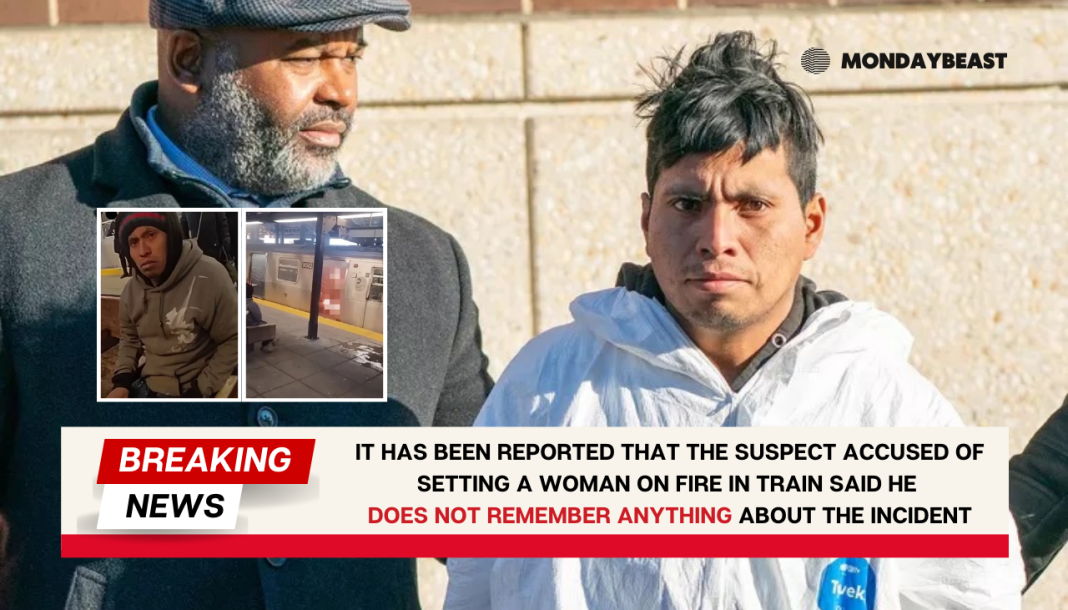The Incident that Shook New York City
On December 22, a tragedy unfolded on a seemingly ordinary NYC subway. A woman was set on fire while sleeping on an F train. This shocking act of violence left the city grappling with questions of safety and humanity. How could such a horrific event happen in broad daylight? Where does compassion fit into this urban landscape?
Sebastian Zapeta-Calil, the alleged perpetrator, stood silent in court, claiming he has no memory of the incident. He has been charged with first- and second-degree murder, as well as arson. The juxtaposition of his apparent lack of remorse against the backdrop of a tragic loss raises unsettling questions. Is it possible for someone to commit such an act and truly not remember? What drives a person to such extremes?
Details Emerging from Surveillance Footage

According to surveillance footage, the victim lay sound asleep, wrapped in layers of clothing, on the F train at Coney Island. Slowly and deliberately, Zapeta-Calil is accused of igniting her blanket, then fanning the flames—quite literally feeding the fire. Conversations surrounding this act vacillate between disbelief and horror. Was he simply a bystander in his own mind, watching the horror unfold?
In the days that followed, the investigation revealed essential details about the victim. Found nearby was a walker, indicating that she had trouble getting around. Eyewitnesses described her as appearing homeless, highlighting the desperate realities many face in big cities. How does society view the specter of homelessness, especially in the wake of such tragedy?
The ways in which an incident like this reverberates through the community are profound. The question of safety on public transport looms larger than ever. People often wonder: how safe are we on our daily commutes?
A Community Left in Shock

Three high school students played a pivotal role in identifying Zapeta-Calil after surveillance photos were released to the public. Their keen recognition led to his capture, lending a sense of unity and vigilance in a time of fear. Would such quick action help restore a sense of safety and justice?
The woman’s death was ruled a homicide, a verdict that strikes deep into the core of community consciousness. The details emerged—a life extinguished due to sheer cruelty. For many, it raises an urgent question: how can this happen in a city that prides itself on its diversity and acceptance?
As allegations unfold, the judicial process begins its difficult journey. Zapeta-Calil has pleaded not guilty and is now remanded without bail. There is this impending sense of doom with the repeated images of violence against women and marginalized communities. When will we break this cycle? What lessons can be learned or, at the very least, what actions can be taken?
Reflections on Societal Responsibility

As we watch this case develop, it’s essential to reflect on our own values and responsibilities. Each of us plays a part in shaping societal norms. Acts of kindness can feel lost in a sea of darkness, yet they are crucial. How can we begin to address the cultural wounds that allow violence to continue?
Ultimately, justice awaits. A future court appearance looms, with Zapeta-Calil’s story angled towards further revelation. But the impact of this incident is far broader. It raises pressing questions of justice, empathy, and the community’s role in preventing such tragedies. Can we collectively nurture an environment that protects each individual, especially the vulnerable among us? Every face in our cities tells a story—it’s time we listen.




